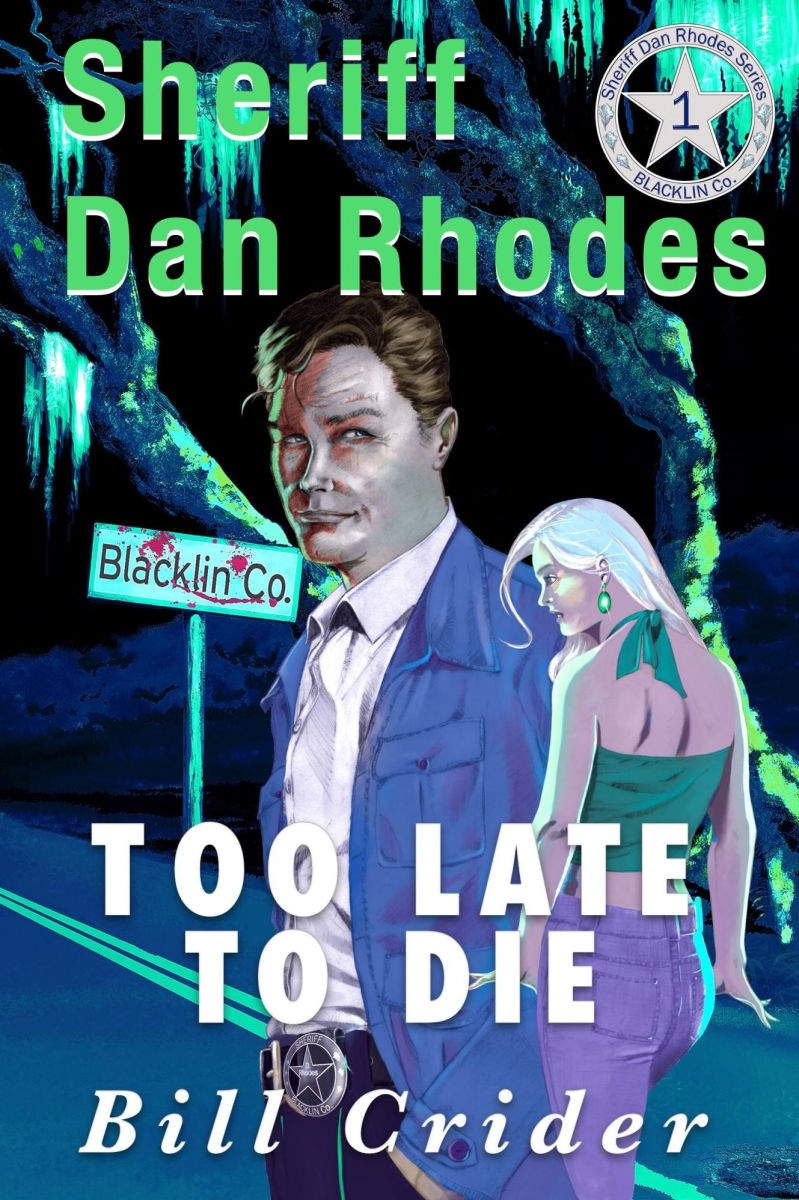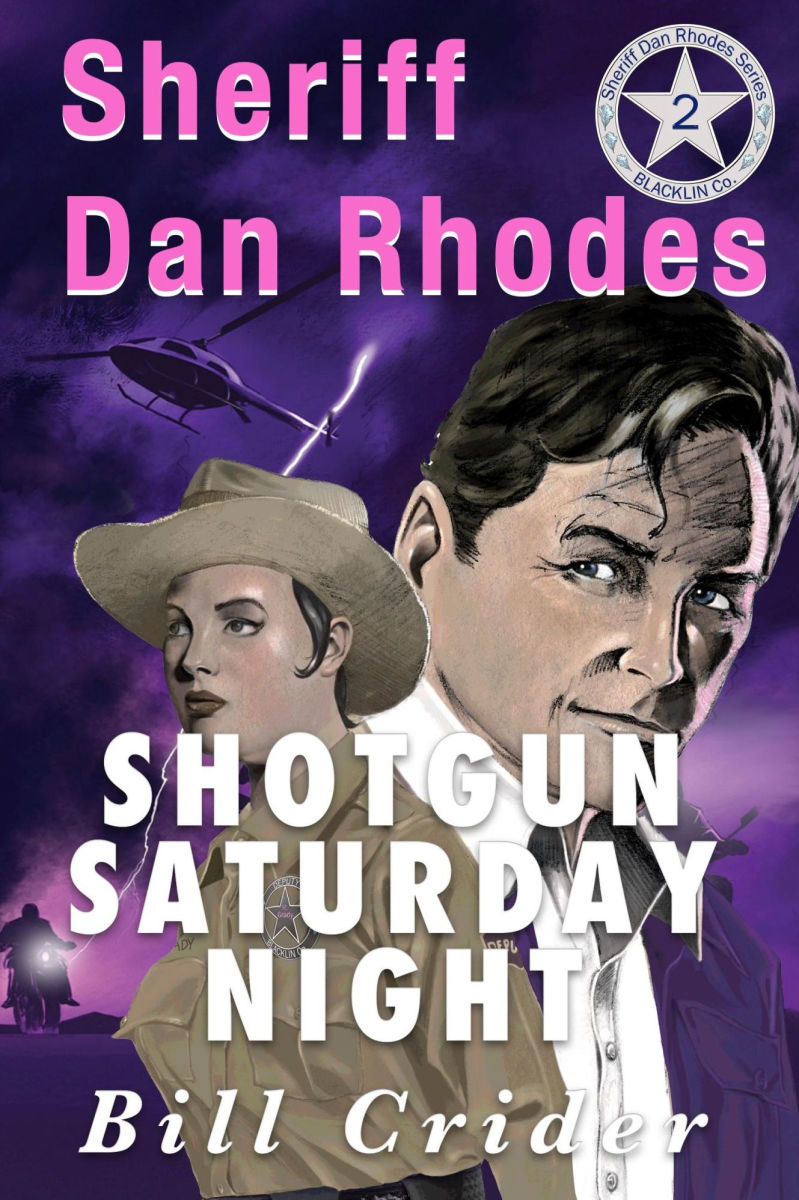Aldrich Ames died the week before last, and I hope he’s rotting in Hell. For those of you who don’t know who Ames was, he was a career CIA guy who sold out to the Russians late in his tenure, and the dozen or more assets he gave up to KGB were executed. He did it for the money.
I wrote about him, and CIA’s internal manhunt, in a recent Substack column, linked below.
A chronology of what he did and how they caught him, and the poisonous legacy he left.
https://gatesd.substack.com/p/rock-paper-scissors
The story of the counterintelligence team’s mole hunt is very well told by Sandy Grimes and Jeanne Vertefeuille in their book, Circle of Treason.
Grimes and Vertefeuille were the lead investigators on the case, having worked together in the Soviet/Eastern Europe Division. They were well aware Moscow was rolling up CIA assets at a blistering pace, and their job was to plug the leak.
This, in itself, is fascinating inside baseball, at least for a spy groupie like me, but a couple of things stand out particularly.
One is that Ames was so careless. He was profligate with money, and tracking the cash is how Grimes eventually put him in the headlights. He was tripped up by his own arrogance. Another detail that caught my eye is that, at one point, Ames suggested to KGB that they could frame Jeanne Vertefeuille as the double agent. They’d given up Edward Lee Howard, a couple of years before, to protect Ames, but in that instance, Howard had already been burned.
What was attractive in making Vertefeuille the patsy was that because she worked in counterintelligence, she had access to secure, compartmentalized materials, and there was a certain circular logic to pinning it on her, the spy-hunter being the spy. At the least, it would sow doubts, and compromise her investigation. If later on, she accused Ames, it would look like sour grapes.
L. to R: Sandy Grimes, Paul Redmond,
Jeanne Vertefeuille, Diana Worthen, Dan Payne
If you remember, in le Carré’s novel Tinker, Tailor – spoiler alert - one the central narrative conceits is that Karla has instructed Bill Haydon to beguile George Smiley’s wife Ann into the sack (not that it takes much), so that George’s credibility is fatally weakened.
Karla knows Smiley is the chief threat to his mole inside the Circus, the canniest, most deliberate, and least assuming of Control’s senior deputies. But if Smiley were to suspect Haydon, and pursue it, he’d be accused of nursing a grudge, his suspicions dismissed as personal enmity.
This, to me, is an interesting meta synchronicity.
Not so much life imitating art, as that it’s so oddly private a gesture. It’s a recurring theme, in all of le Carré’s books, that the most personal, secret undercurrents are a malleable resource, to be manipulated, and put to use. Charlie, in The Little Drummer Girl, is an empty vessel, a mirror of desire, but she’s not allowed her own privacy, she can’t keep anything hidden from her handlers. Karla, in the end, gives himself up to Smiley – spoiler alert, again – but the leverage Smiley uses is the safety of the guy’s crazy daughter, whose life in a state facility would be unspeakable. (And in a twist of the knife, when they meet, Karla drops a cigarette lighter inscribed, from Ann, at Smiley’s feet, the same lighter George had handed him in a cell, twenty years before.) The most directly personal of the novels, from le Carré’s own point of view, and by his own admission, is A Perfect Spy, a brutal portrait of his dad, Ronnie. The hero of the book, Magnus, is a trickster, a shape-shifter, who can’t accommodate all the different shapes and faces and suits he’s worn, the only way he can represent himself to the world, all of them convincing, none of them authentic. Magnus is, perhaps, an avatar of the author, who was known to disguise himself.

I’m not suggesting Aldrich Ames was in any way interesting enough, or had the depth of character, to be reflective, or self-aware.
I just don’t credit him with the imagination. But like many narcissists, he would have thought he was the hero of his own movie. Trying to shift the blame for his criminal delinquency to Jeanne Vertefeuille has elements of dramatic irony, and maybe he saw it as a cute plot twist, but I don’t think he gave it all that much thought. It was just another throw of the dice.
We want, sometimes, to imbue these people with more class or grace than they deserve. Billy the Kid was morally vacant, and probably a mental defective. The romance is all in the telling. Ames is a generic cheap date, his soul for sale, and the Devil already has buyer’s remorse.


.jpg)






























